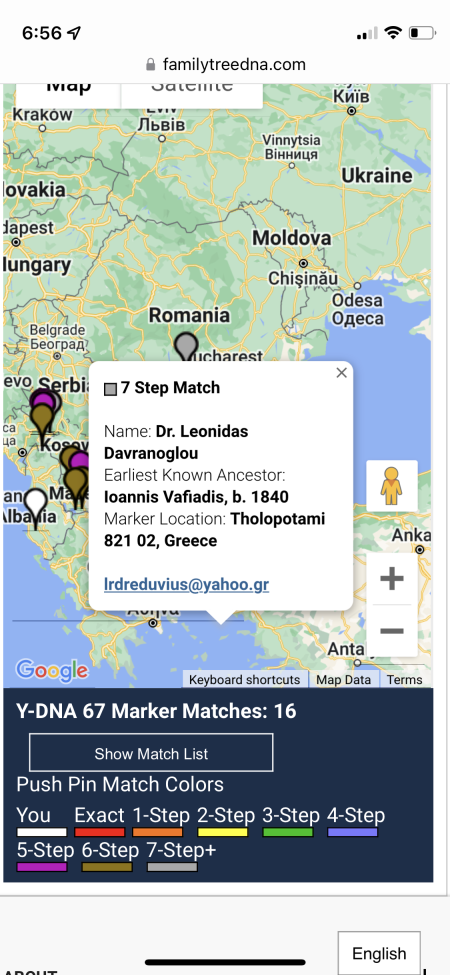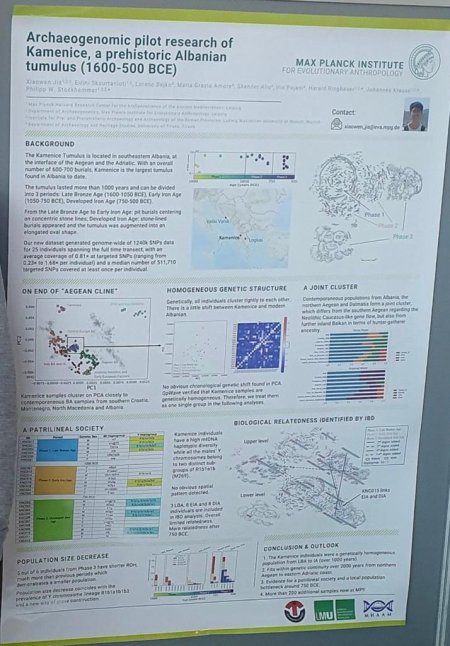TetaEglantina
Regular Member
- Messages
- 772
- Reaction score
- 131
- Points
- 43
- Y-DNA haplogroup
- i2a WHG
Well,J2a is near 30% only in greek islands.In south Greece it is 12-16%,and in the north 8-12%.The percentage of J2a in ancient greece was around 40-50%(I have checked it by seeing ALL the studies).That means that we are around 28-36% ancient Greek by Y-DNA.That of course means that there is not a huge continuity,according to Y-DNA.Autosomally,we are more connected to ancient Greeks,I would say around 50-60%.
Is all the j2a the same as ancient Greeks or is some of it from Roman legionaries or Anatolian/iranian?



